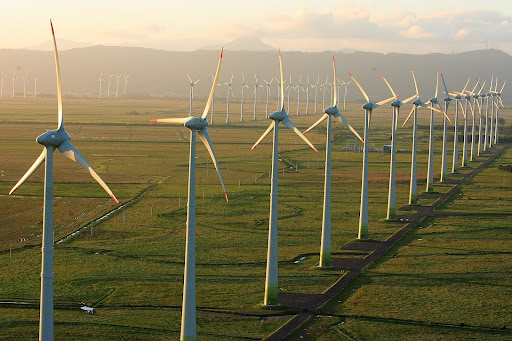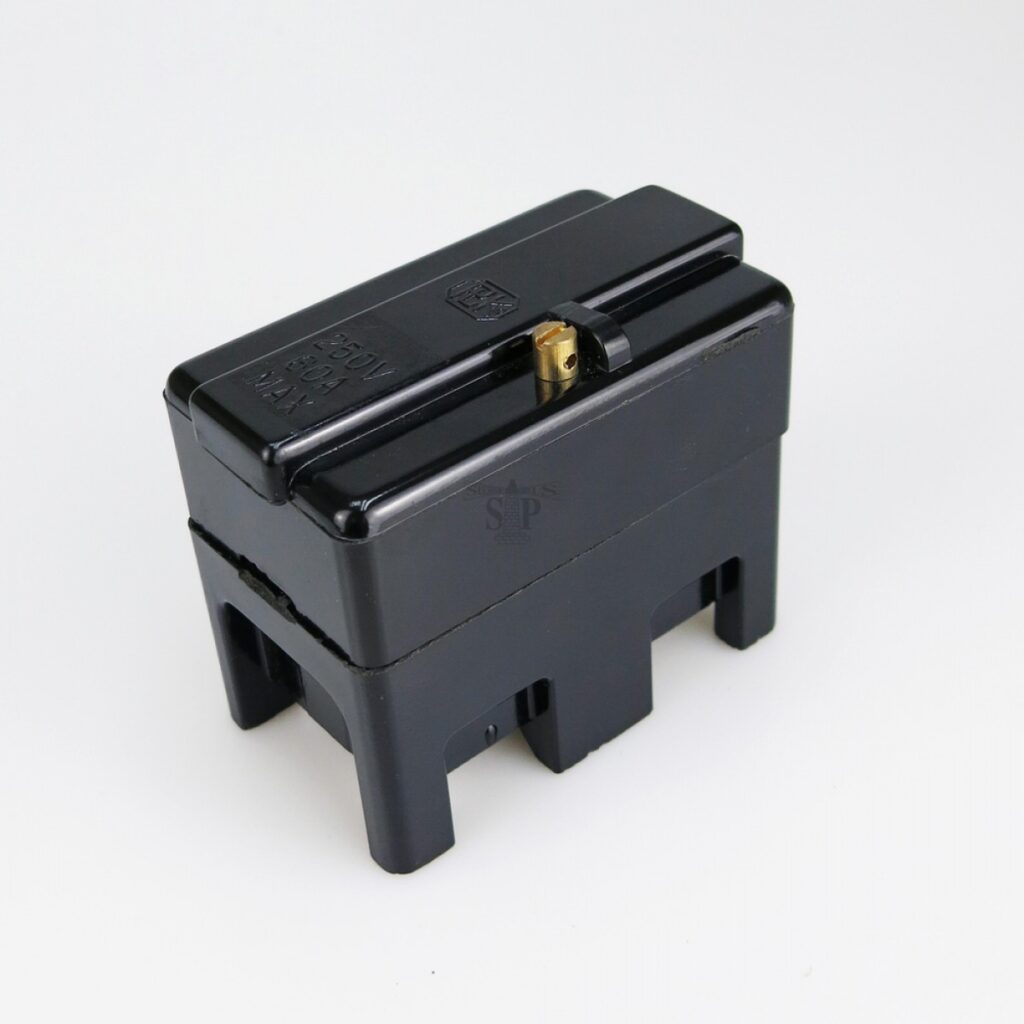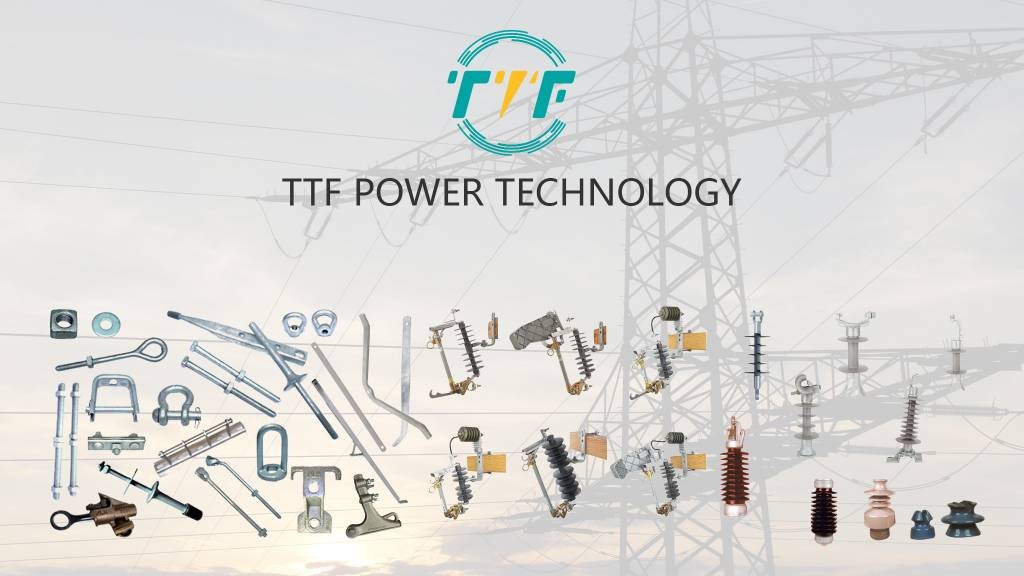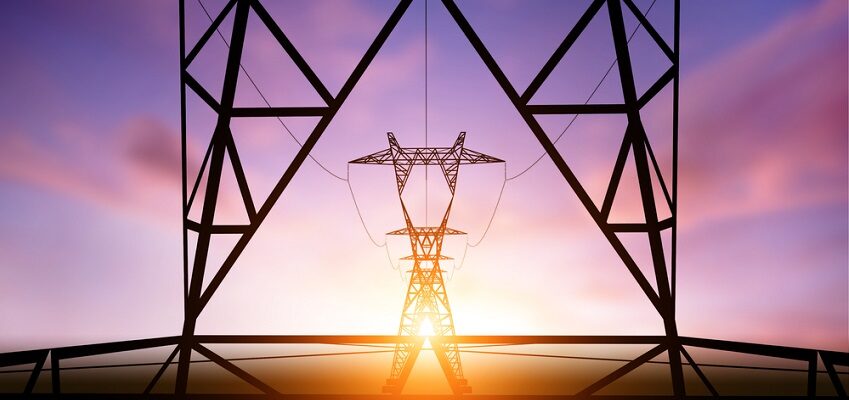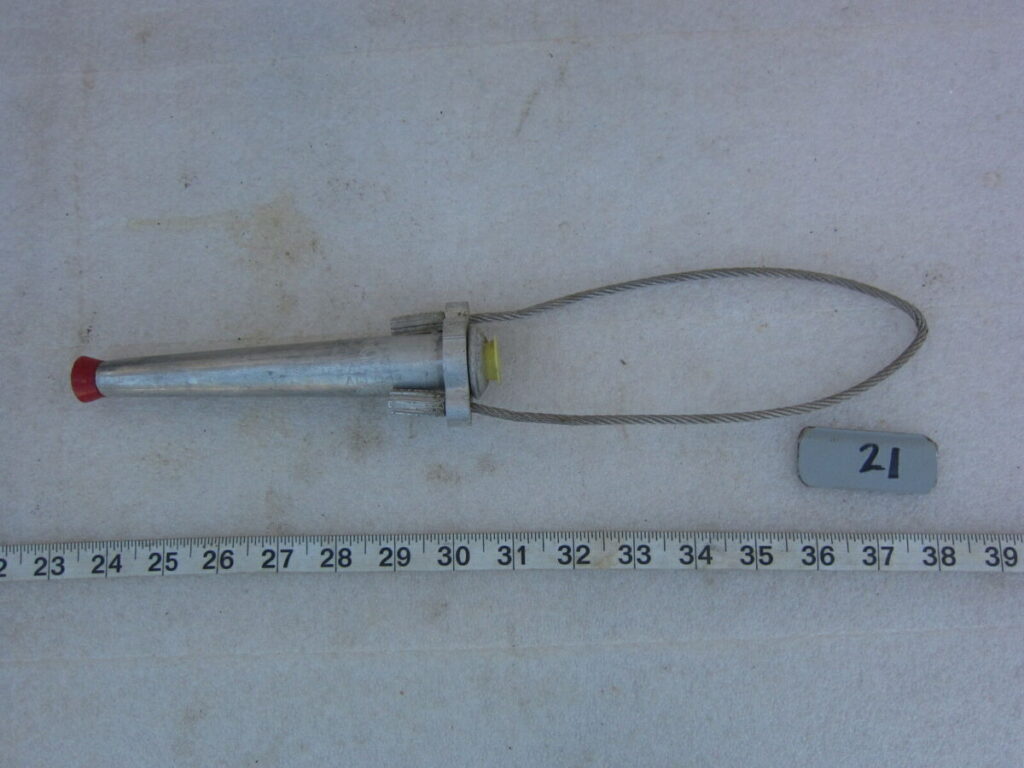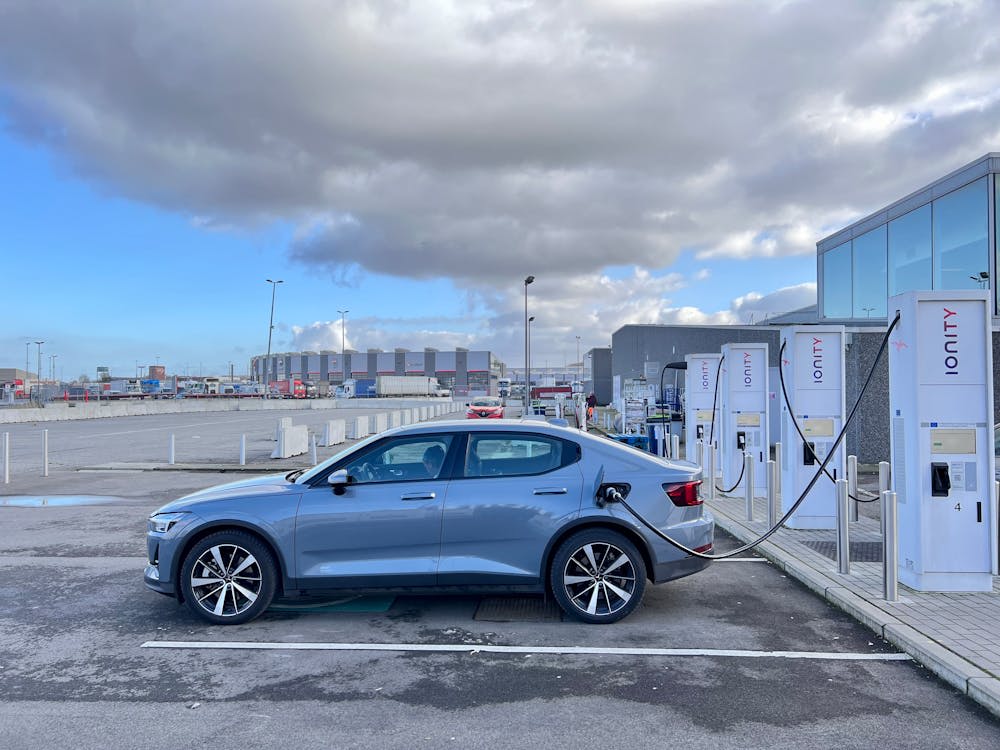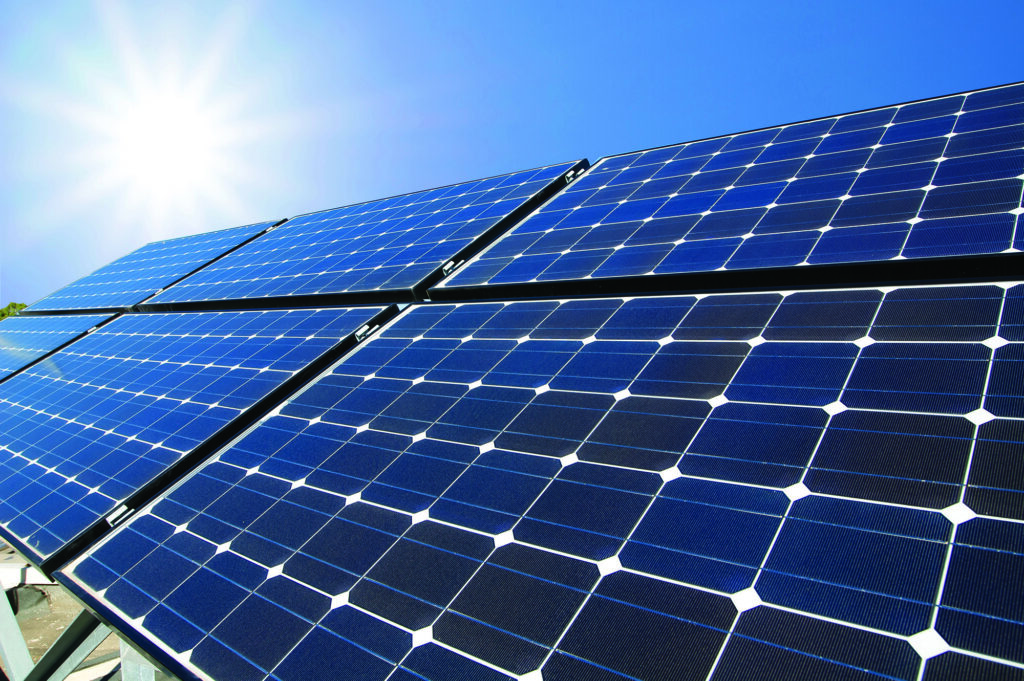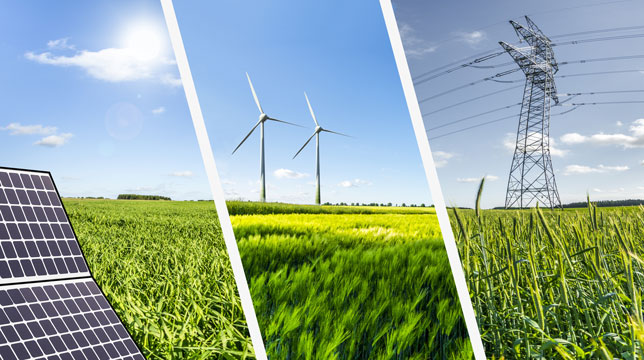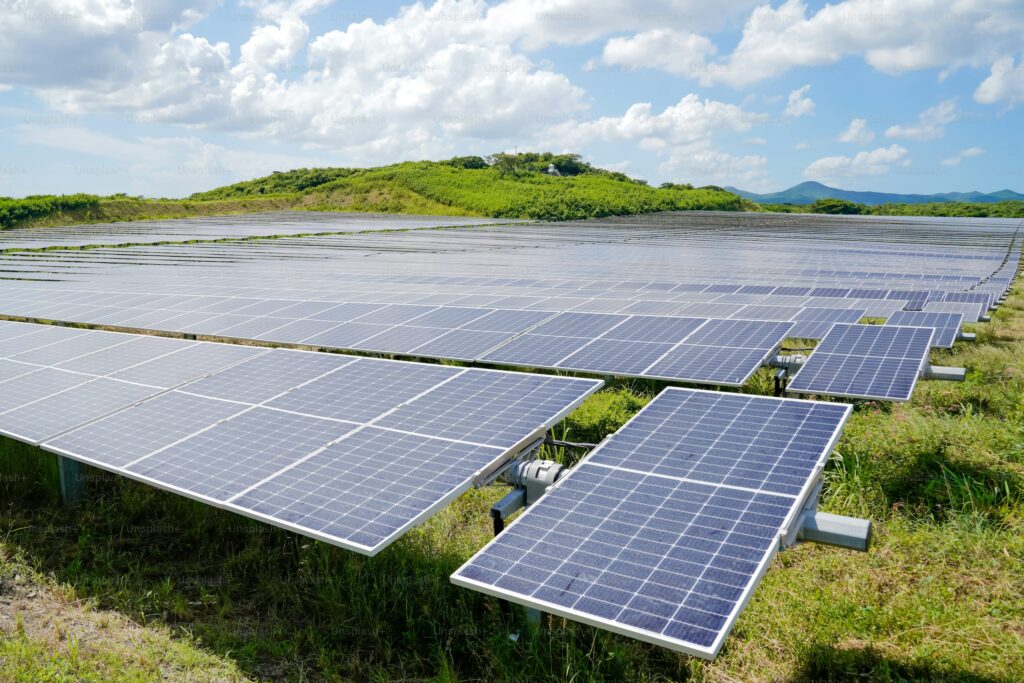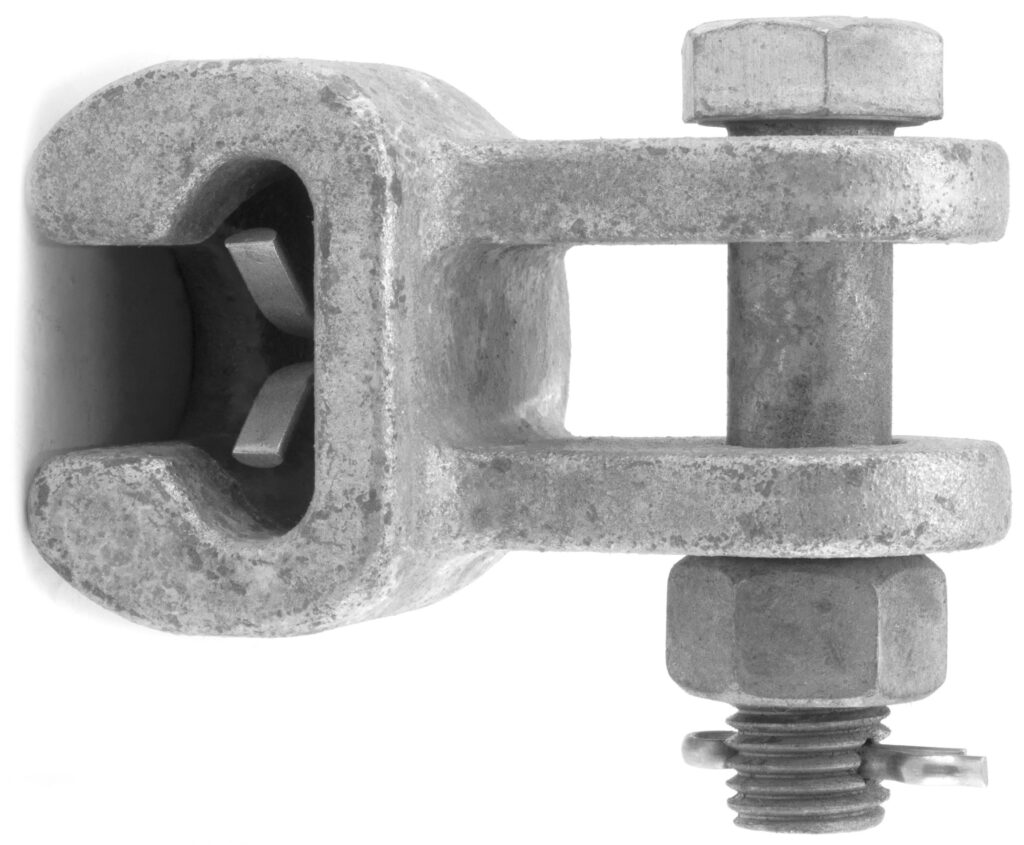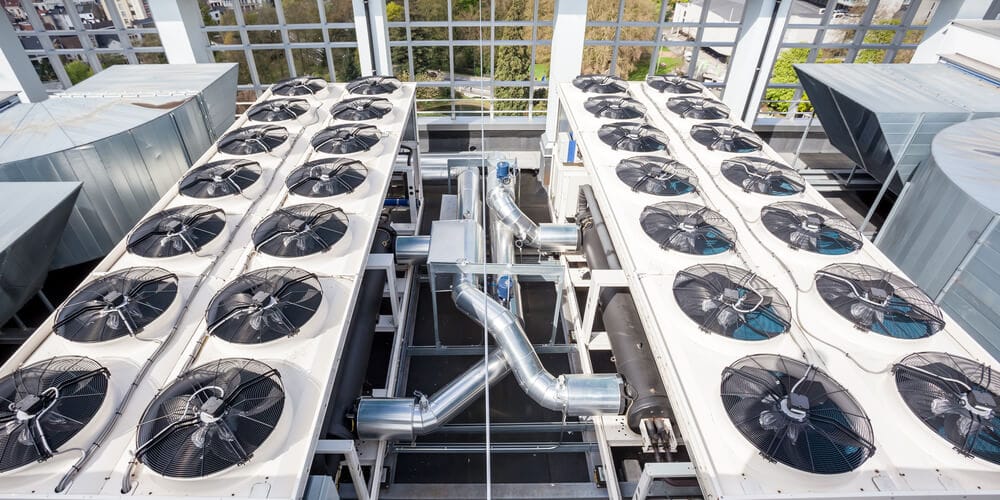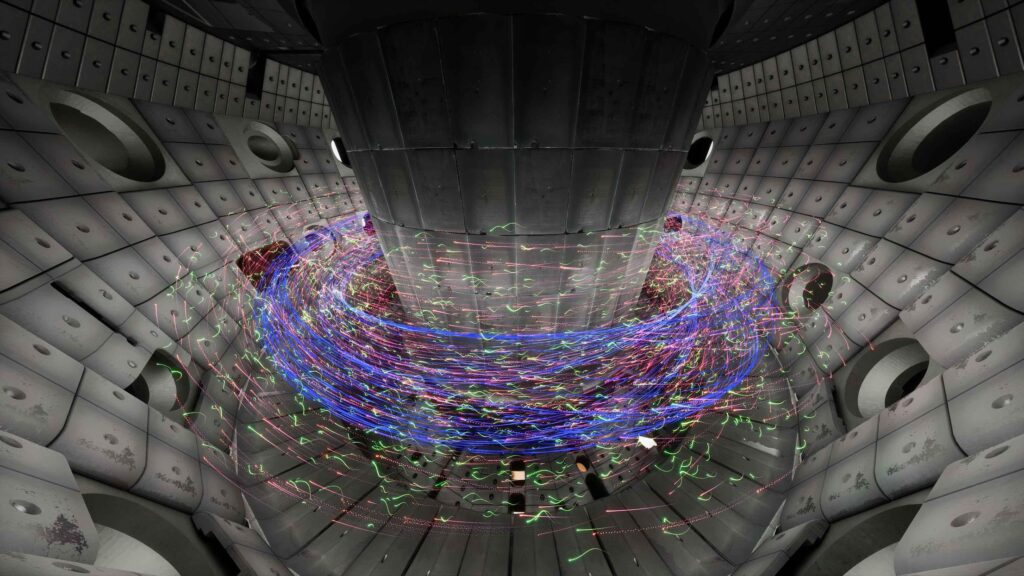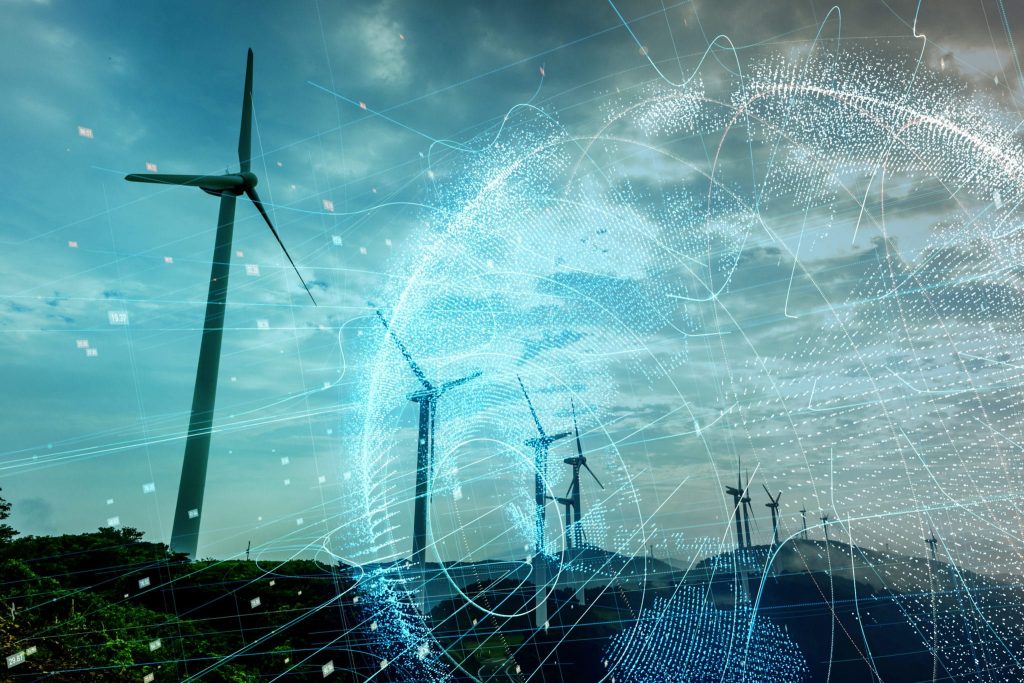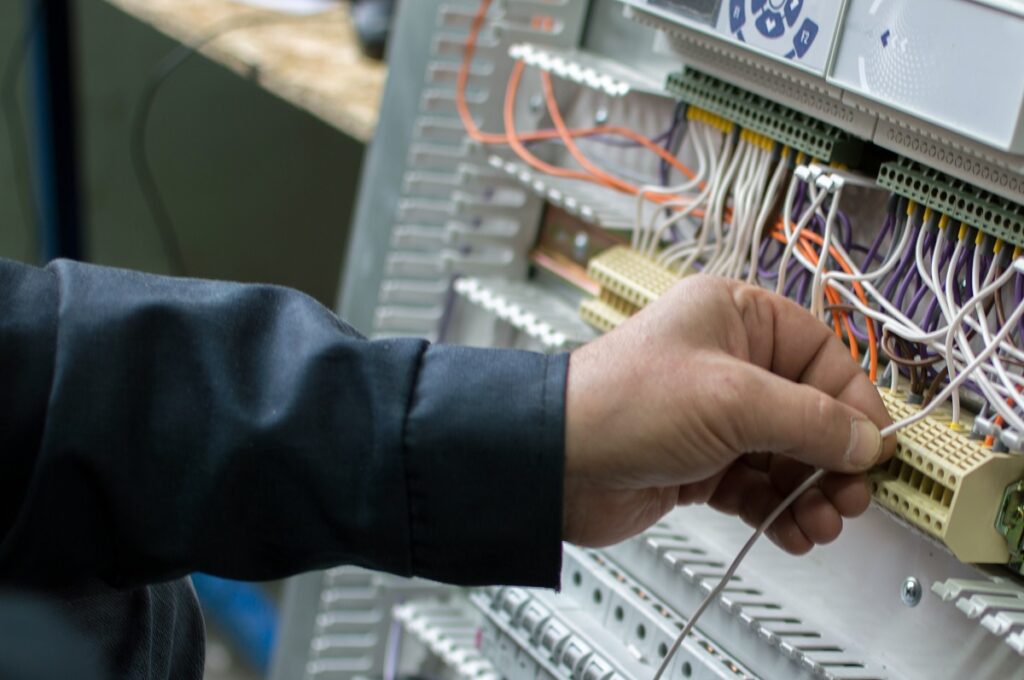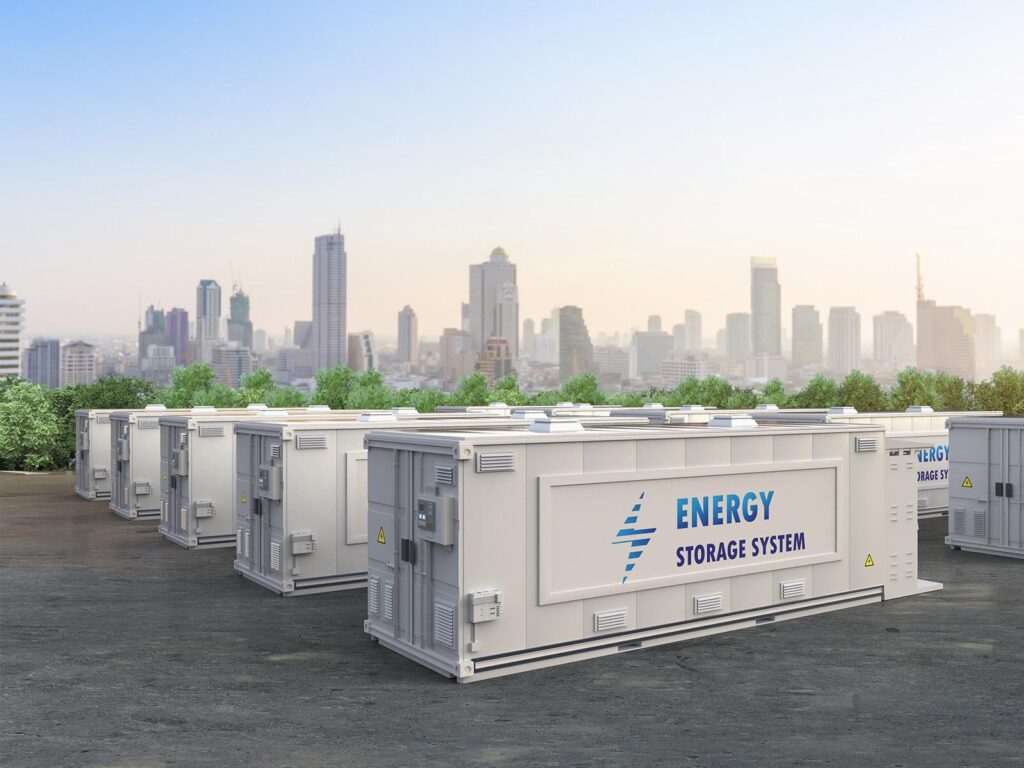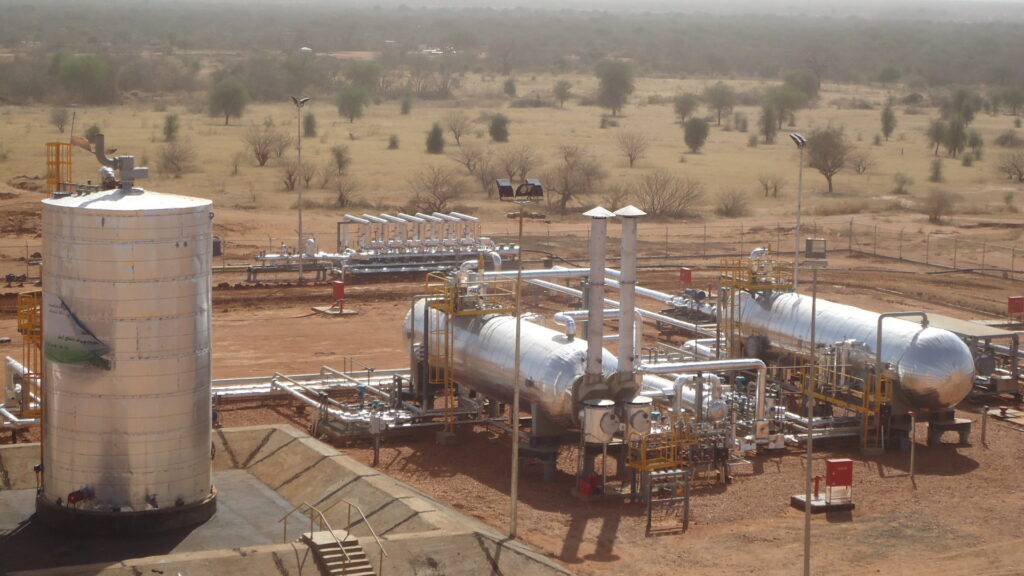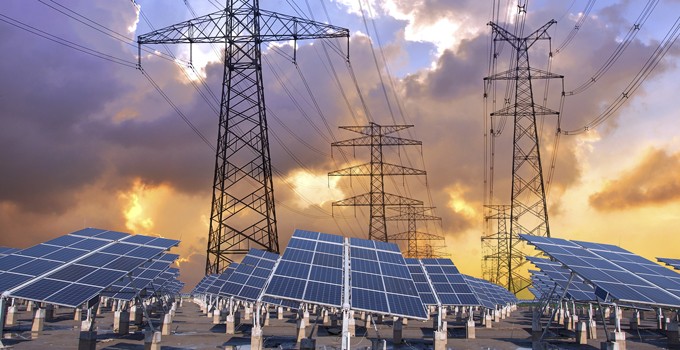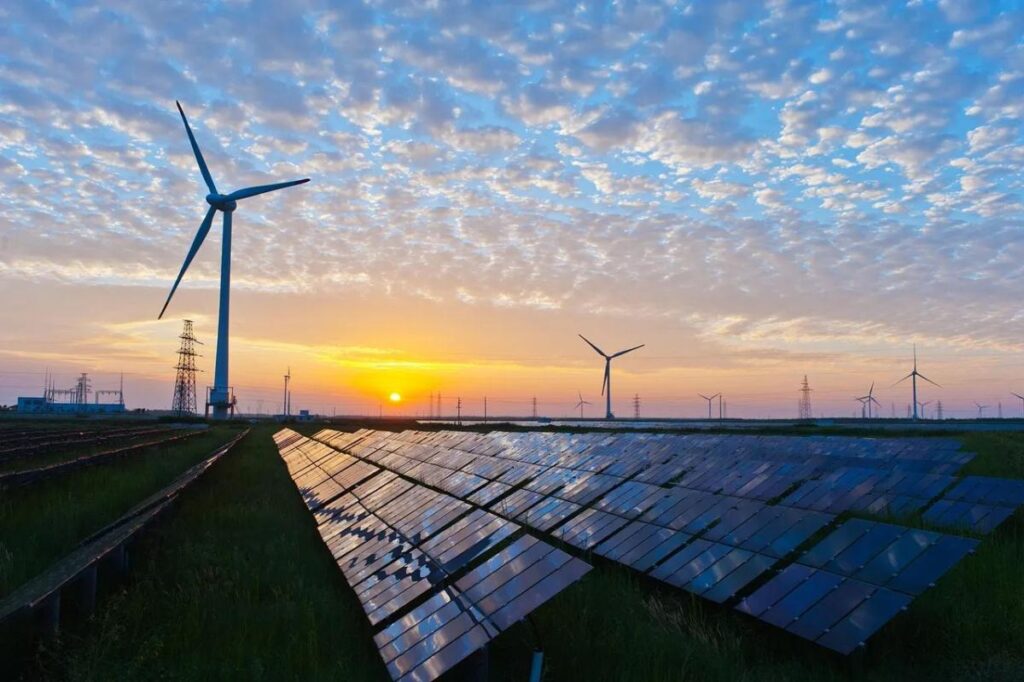Pin-type insulators drive CCUS tech for a Net-Zero future
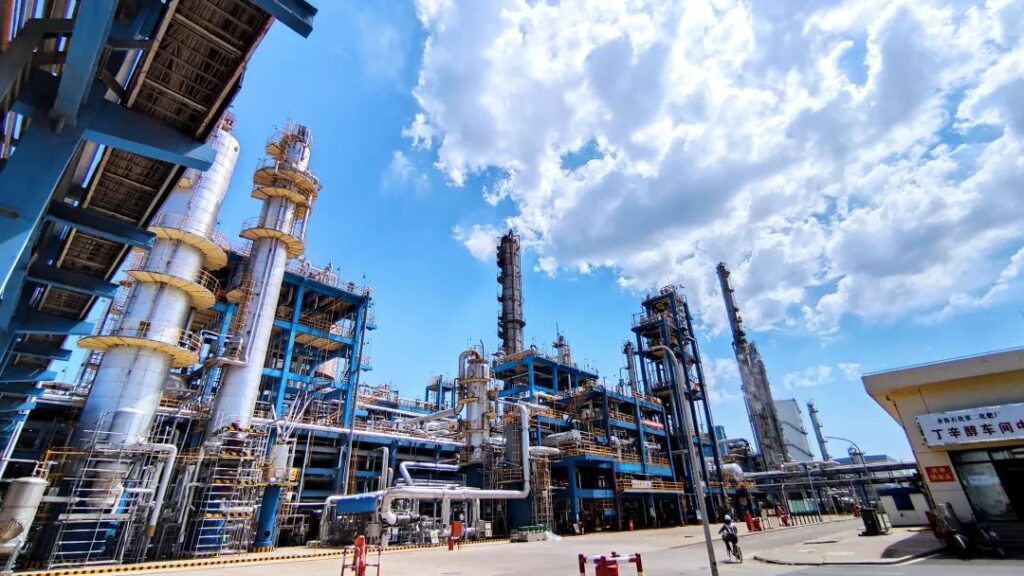
CCUS technology is crucial for reducing industrial carbon emissions and achieving global net-zero goals. It involves capturing carbon dioxide from the atmosphere and converting it into valuable products or storing it underground.
CCUS technology could decarbonize industries such as energy, manufacturing, and agriculture. This could help reduce greenhouse gas emissions from the atmosphere.
Pin-type insulators are crucial components in the CCUS systems, providing electrical insulation and mechanical support. They ensure the safe and efficient operation of high-voltage equipment used in carbon capture and storage processes.
Modern pin-type insulators are able to withstand harsh environmental conditions, including high temperatures and corrosive environments. Their robust construction ensures long-term performance to reduce maintenance costs and downtime.
Pin-type insulators work in power generation, chemical processing, and other industries where CCUS is deployed. They are crucial in integrating renewable energy sources with CCUS systems and enhancing overall system efficiency.
Continued innovation in insulator materials and design will enhance their performance and support the scaling of CCUS projects.
#carboncapture #netzero #pininsulators #decarbonization #climateaction #renewableenergy
Guy deadends simplify solar transmission upgrades
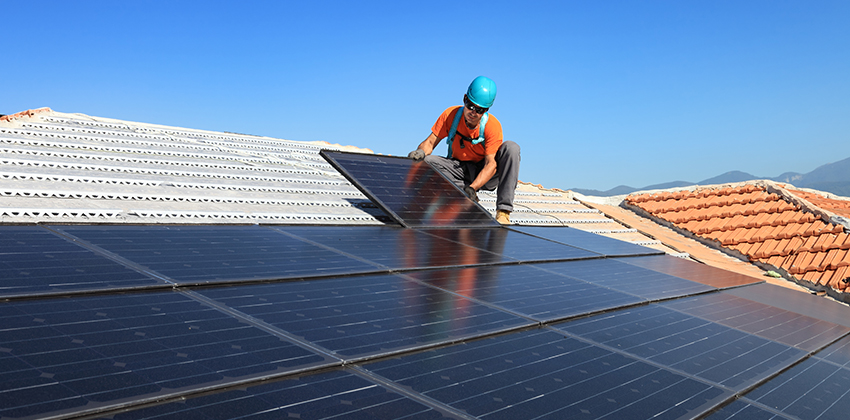
Colombia is expanding solar energy capacity to push the transition to renewable energy. This leads to the increased need for upgraded transmission lines for the integration.
Guy deadends are specialized hardware used in overhead transmission lines to anchor and stabilize poles or towers. They simplify the installation process by eliminating the need for traditional anchoring methods.
Guy deadends reduce material and labor costs related to traditional anchoring methods. This speeds up the installation and enables faster deployment of solar transmission infrastructure.
Colombia could utilize technologies that ease transmission line upgrades for solar integration into the electrical grid. The technologies ensure a reliable, efficient, and sustainable energy system.
Guy deadends ease the expansion of solar energy by making grid upgrades more affordable and efficient. They support the integration of large-scale solar farms into the existing power grid.
The deadends also reduce land disturbance compared to traditional anchoring methods to reduce the environmental footprint of solar projects. This supports the transition to clean energy by enabling faster and more sustainable grid modernization.
#solarenergy #transmissionupgrades #gridmodernization #guydeadends #cleanenergy
No wrench screw anchor revolutionizing Brazil wind farms
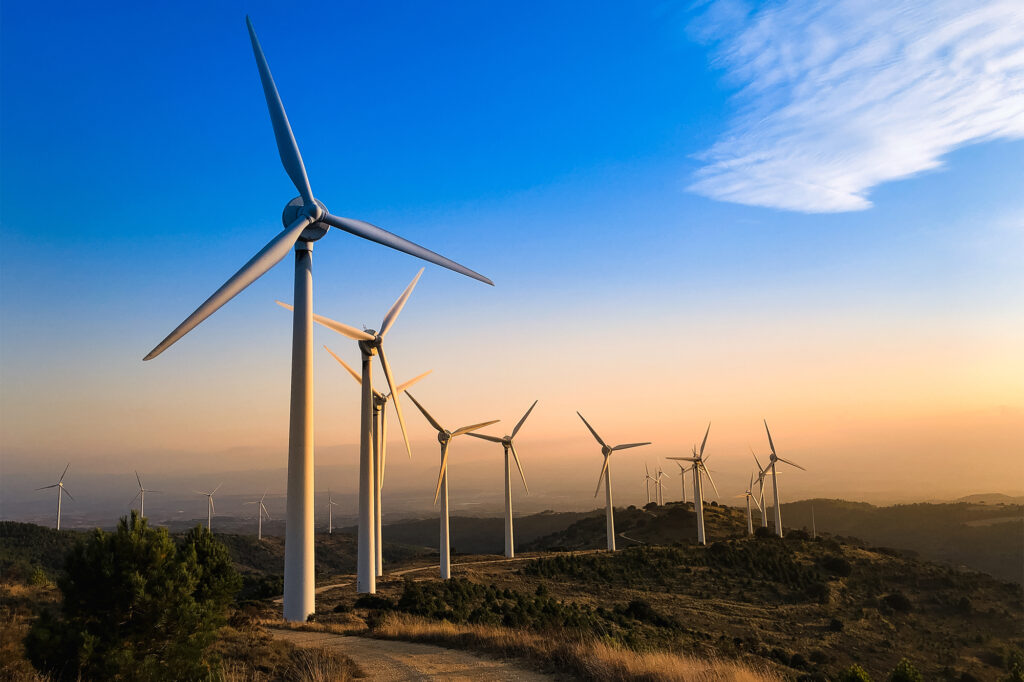
Brazil recently inaugurated the development of a 112.5 MW wind park with 25 wind turbines to meet energy demand. This highlights the increasing role of private debt investors in financing renewable energy projects in emerging markets.
No wrench screw anchors are designed to simplify and speed up the installation of wind turbine foundations. The anchors eliminate the need for traditional wrenches to reduce manual labor and installation time.
The no wrench screw anchor systems speed up the anchoring process and enable quicker deployment of wind turbines. They also reduce labor and soil disruptions and reduce the carbon footprint of installation activities.
Brazil’s wind energy industry is adopting this technology to enhance its wind energy infrastructure. The no wrench screw anchors are best for Brazil’s diverse terrain.
No wrench screw anchor technology can revolutionize the wind energy sector by making wind farms more economically viable. The success of this technology in Brazil could inspire its adoption in other wind-rich regions.
#windenergy #renewableneergy #nowrenchscrewanchors #groundingsystems
Surge arresters enhancing Colombia’s transmission infrastructure
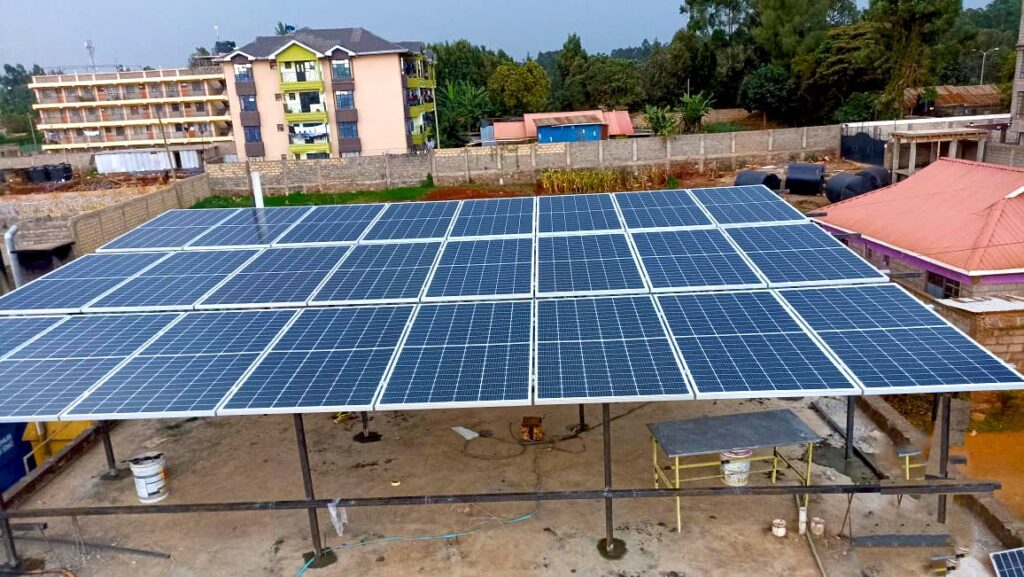
Colombia is expanding its solar energy capacity and integrating it into the electrical grid to enhance energy sustainability. The integration will need upgraded transmission lines to incorporate solar power effectively.
The transmission infrastructure faces challenges such as voltage surges, lightning strikes, and equipment failures.
Surge arresters are crucial components that protect electrical systems from voltage spikes caused by lightning, switching operations, or faults. They divert excess voltage to the ground, safeguarding transformers, substations, and other grid equipment.
The Colombian government and energy companies are investing in advanced surge arresters to modernize the national grid.
Surge arresters play a key role in stabilizing the grid as Colombia increases its reliance on renewable energy sources like hydro, wind, and solar.
#surgearresters #gridreliability #voltageresilience #energysecurity #renewableenergy
